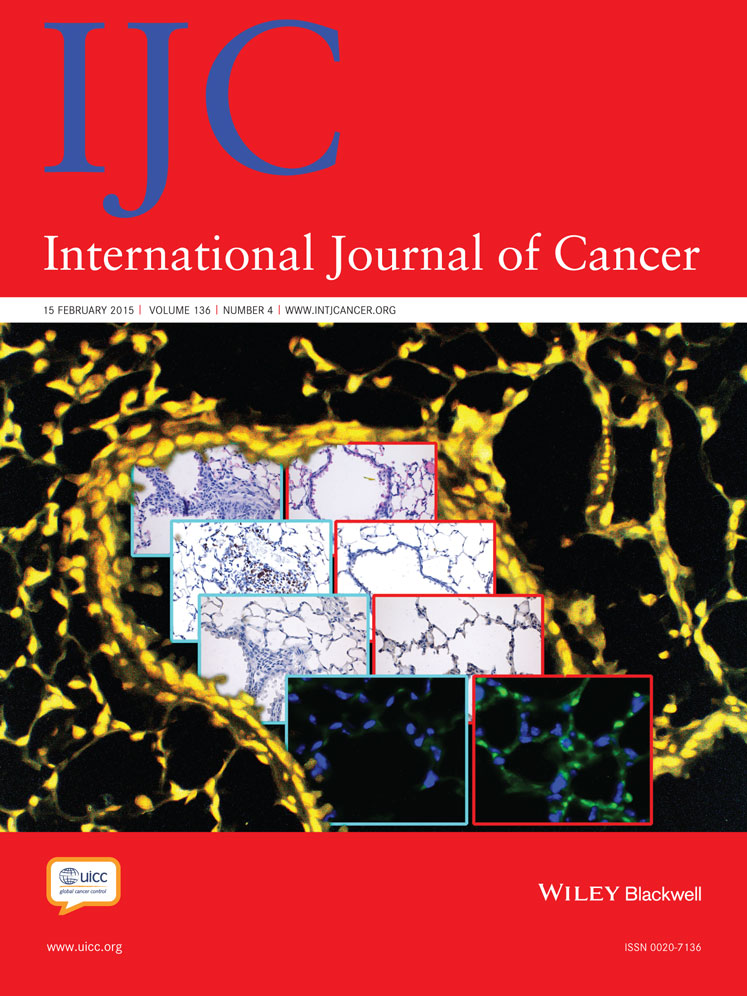Effects of the exercise-inducible myokine irisin on malignant and non-malignant breast epithelial cell behavior in vitro
Abstract
Exercise has been shown to reduce risk and improve prognosis of several types of cancers. Irisin is a myokine linked to exercise and lean body mass, which is thought to favorably alter metabolism systemically, potentially providing benefit for metabolic disease (including cancer). We evaluated the effects of various concentrations of irisin (with and without post-translational modifications) on malignant and non-malignant breast epithelial cell number, migration and viability. Irisin significantly decreased cell number, migration and viability in malignant MDA-MB-231 cells, without affecting non-malignant MCF-10a cells. Moreover, irisin enhanced the cytotoxic effect of doxorubicin (Dox) when added to a wide spectrum of irisin concentrations in the malignant cell type (with simultaneous reduction in Dox uptake), which was not observed in non-malignant MCF-10a cells. Additionally, we found that irisin decreases malignant cell viability in part through stimulation of caspase activity leading to apoptotic death. Interestingly, we found that irisin suppresses NFκB activation, an opposite effect of other myokines such as tumor necrosis factor alpha (TNF-α). Our observations suggest that irisin may offer therapeutic benefits for breast cancer prevention and treatment possibly through an anti-inflammatory response, induction of apoptotic cell death, or through enhanced tumor sensitivity to common antineoplastic agents such as Dox.
Abstract
What's new?
A relatively little known myokine, irisin, might be a missing link between exercise and its protective effect on breast cancer. Researchers from the University of New Mexico treated several breast cancer cell lines with the myokine and observed decreased viability, proliferation and migration. These findings were linked to proapoptotic and anti-inflammatory effects involving the transcription factor NF-κB. The authors point to potential therapeutic benefits as irisin did not affect growth or survival of non-malignant cells and synergized with doxorubicin, currently widely used in breast cancer chemotherapy.




